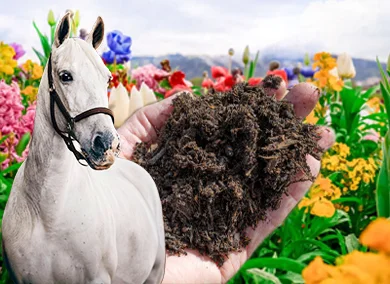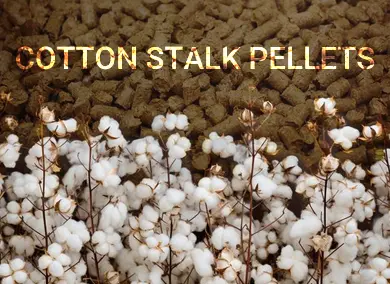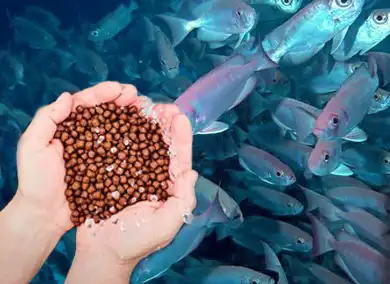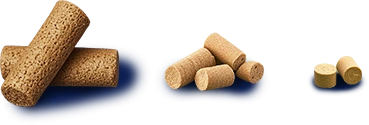Tired of high heating bills? Why not try making your own wood pellets instead? Imagine cutting those costs while staying warm, all by making your own wood pellets. Making your own pellets can save you money, reduce waste, and give you control over your heating fuel.
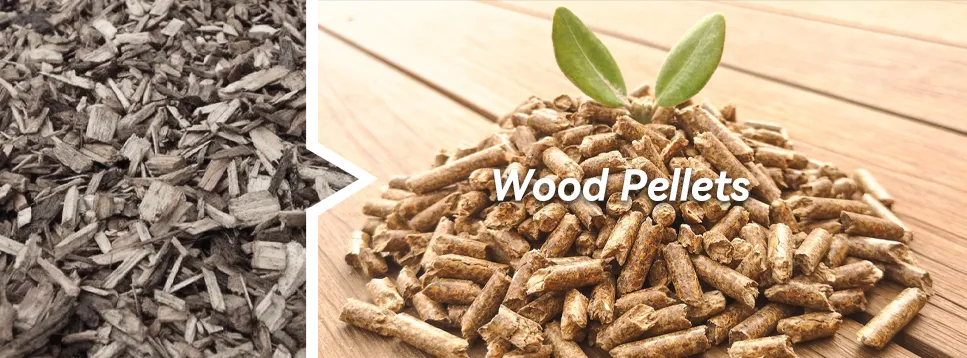
Why Choose to Make Wood Pellets at Home?
Homemade pellets burn more efficiently and produce more heat with less smoke and ash. If you use a stove or pellet heater, you’ll get more heat, less smoke, and complete control over the fuel you burn.
- Economical: Making your own pellets can save money, especially if you have a lot of leftover sawdust.
- Renewable: Turning leftover wood into fuel lowers heating costs while using renewable resources.
- Friendly: Using wood scraps to make pellets reduces waste and benefits the environment.
- Customization: You can adjust the size and density of pellets to suit different needs.

The biggest benefit of making your own pellets is saving money. It also reduces dependence on external energy sources. However, there are a few points to note:
- Space Requirements: Machines and materials will take up some space.
- Equipment Investment: The pellet machine requires a significant initial investment.
- Noise Problem: Sawdust pellet machine in the running process will produce a larger noise.
How to Make Wood Pellets at Home
Making wood pellets at home is a cost-effective and green solution to heat your home. All you need is a few basic materials and simple tools. With the right setup, you can easily create high-quality pellets tailored to your needs.
Choosing the Right Materials for Your Pellets
Sawdust particles are mainly made of wood waste such as wood waste, sawdust fragments and sawdust powder. Other common raw materials include straw, lawn waste and other biomass materials.
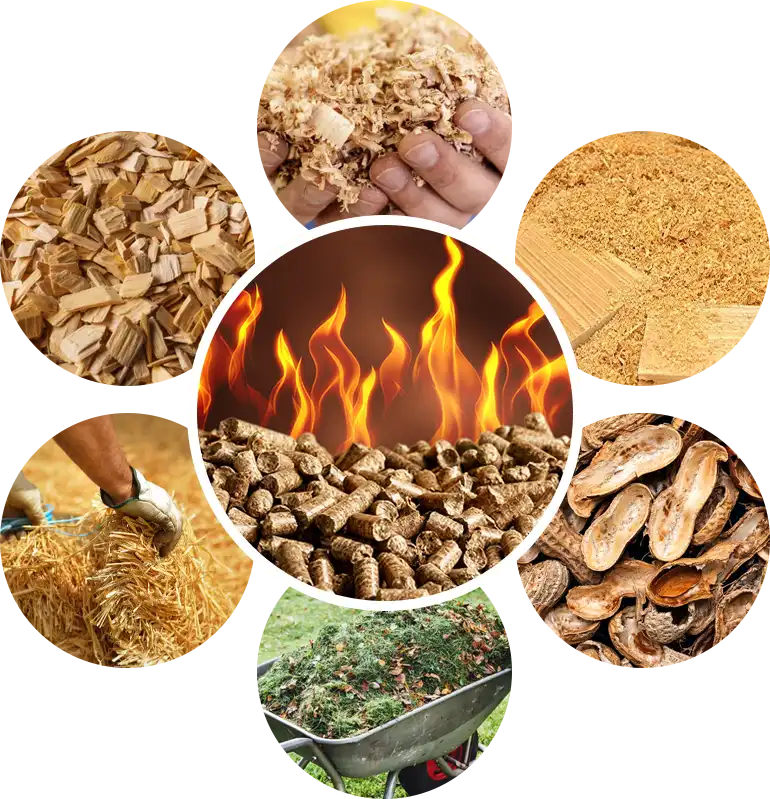
What Do You Need for Making High-Quality Pellets?
To make high-quality pellets, you'll need some materials:
| Wood Crusher (Flexible) | To break up large chunks of wood into smaller pieces (2–5 mm works best). |
| Wood Pellet Machine | A compact, home-use pellet machine that turns wood into fuel pellets. |
| Sieve Mesh (Optional) | This helps ensure all the pellets are the same size. |
| Drying Plant (Optional) | The ideal moisture level is 10%-15%. You can dry the material by air-drying or using a dryer. |
5 Easy Steps to Make Wood Pellets at Home
Step 1: Prepare your materials
Chop your wood waste into small, uniform pieces, ideally between 2-5 mm. This size is perfect for the pellet machine and helps ensure even compression.
Step 2: Dry it out
Make sure the moisture content is between 10-15%. If the material is too wet, it won’t press properly. You can dry it by leaving it in the sun or using a small drying machine for faster results.
Step 3: Set up your machine
Once your material is dry, feed it into the pellet machine. Depending on your machine, you may need to adjust settings like pressure or temperature to get the best quality pellets.
Step 4: Start pressing
Turn on the machine and let it compress the material into pellets. Keep an eye on the size and adjust as needed. If the pellets are too large or small, tweak the settings accordingly.
Step 5: Cool and store
Let the pellets cool completely before handling them. After they’ve cooled down, store them in a dry, well-ventilated area.

Key Tips
- Proper Moisture Content: Check the sawdust. If it's over 15%, the machine may clog or work less efficiently.
- Regular Cleaning: Clean the die and rollers frequently to prevent buildup and keep the machine working well.
- Safety Precautions: Always wear gloves and safety glasses when using the pellet machine to avoid injury.
Frequently Asked Questions (FAQ)
How to store homemade wood pellets?
Please store them in a dry, ventilated area. Use waterproof bags or containers and keep them off the ground to prevent moisture and mold.
Are homemade pellets sufficient for heating?
With the right materials and process, homemade pellets usually have a calorific value of 4500-5000 kcal/kg. This makes them perfect for heating and fuel.
What type of wood is best for raw materials?
Hardwoods like oak, maple, and walnut are best because of their high density and calorific value. Softwoods like pine and fir are also good but have slightly lower calorific value.
Is it expensive to produce pellets at home?
The initial equipment cost is high, but after that, the main cost is raw materials like sawdust. If you have access to cheap or free sawdust, production costs are low.
Are homemade wood pellets safe and legal to use?
Yes — in most areas, it’s perfectly legal to make and use your own pellets, especially for home heating. Just make sure your machine meets local safety standards, and avoid using treated or painted wood.



